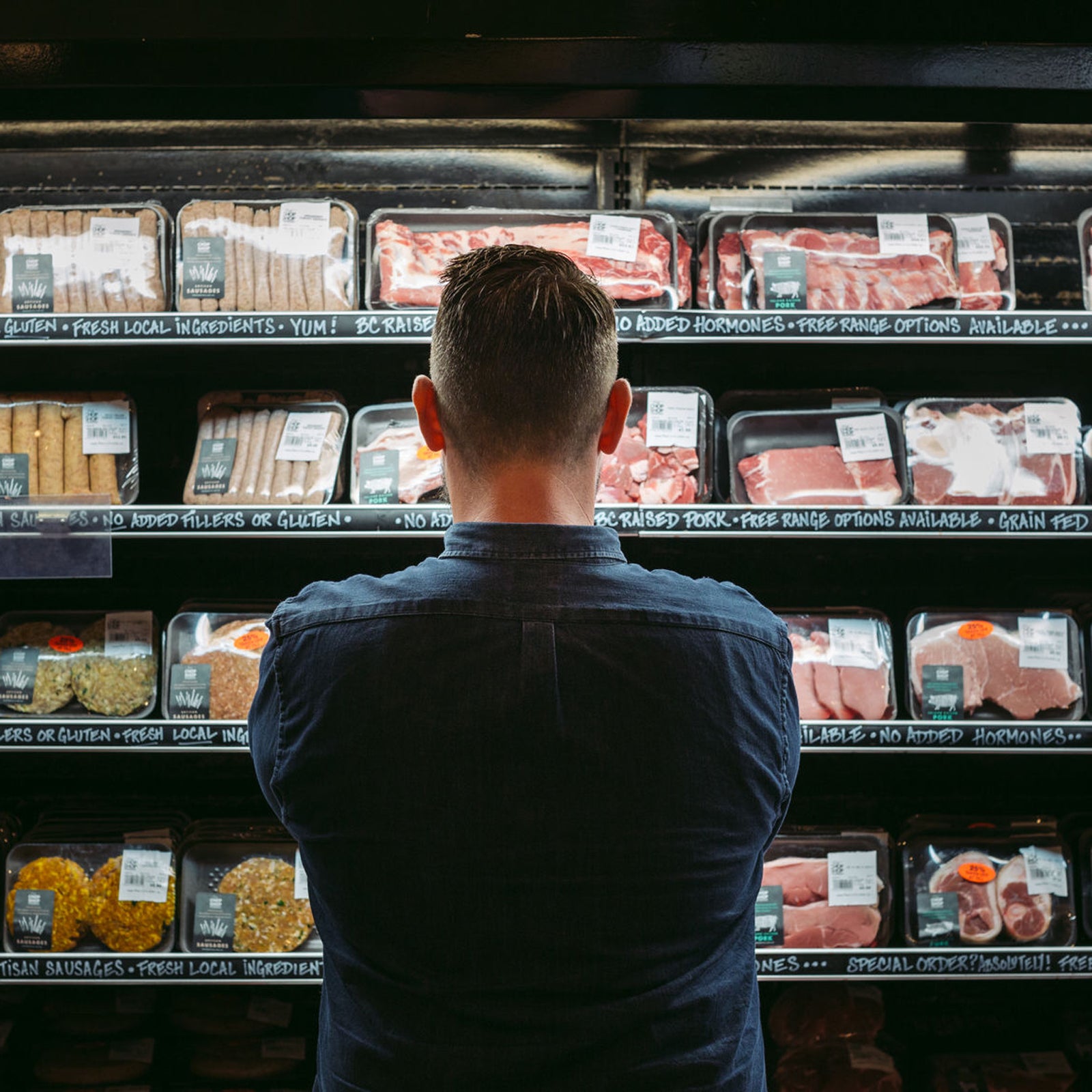On a recent road trip through the southwest, my copilot mentioned an intriguing dining option. Located in the high desert of northwestern New Mexico, the restaurant featured a daily buffet of Chinese food, ice cream, and salad, with daily specialties rotating among Mexican or Navajo cuisine, BBQ, and meatloaf. Beside it sat a Subway. This microcosm of globalization at a small-town greasy spoon shows just how much our collective diet has shifted in the past century. Two new nonfiction books go long on the matter, taking us around the globe to examine how—and why—our eating habits have changed.
According to former �����ԹϺ��� columnist , our food system is far from perfect. Although food prices have dropped, farms are more prolific,��and fewer people suffer from chronic hunger, we now contend with excess: huge amounts of waste, overconsumption, and poorer nutrition. We rely on fewer, more concentrated factory farms that are detrimental to the environment. Meanwhile our worldwide population is bursting—it could increase by a third by the midcentury mark—and climate projections suggest that crop yields could decline by 2 to 6 percent every decade.
So how exactly will we get our meals in the future? For ($27, Harmony Books), Little roved the planet for three years asking that very question. The environmental journalist and professor at Vanderbilt University turns to a diverse set of innovators for answers, from cloud-seeding pilots in India to a lab-grown-meat start-up in Berkeley. She introduces us to researchers growing genetically modified corn in drought-stricken Kenya and a tech-savvy entrepreneur trying to keep up with China’s exploding demand for organic produce via remote crop tending. Little also interviews folks who look to established practices for inspiration, like a Virginia family intent on permaculture.
The author’s magazine-writing chops are evident. “Jorge Heraud is in a California lettuce field and he’s about to lose his mind,” begins one section about a Peruvian-born engineer attempting to perfect crop-weeding robots. Little flits smartly from one locale to the next, presenting a well-paced survey of various ways that farmers, scientists, and other thinkers are trying to keep up with our food requirements. Rather than providing a single answer to the question at hand, Little pulls back the curtain on potential game changers. Her anecdotal approach is more curious than critical—and the book is all the better for it.
So, how exactly will we get our meals in the future?
A bit less compelling is ($30, Basic Books) by Bee Wilson. The British culinary writer and historian focuses on the transition from unique regional menus with unprocessed, locally grown ingredients to a globally homogenous diet heavy in packaged snacks and calorie-laden beverages. (Hello, Starbucks.) In many wealthy nations, staple carbohydrates like bread and rice make up a smaller portion of meals, while ingredients once considered splurges, like chicken, oil, and sugar, are on the rise. While she’s not blind to the fact that the obesity epidemic is a systemic problem—for many people, unhealthy food is simply the more economical option—she harps on the fact that more traditional eating habits would benefit our health, whether it’s smaller portions, more natural ingredients, or the ritual of carving out an hour to eat lunch socially. If that sounds obvious, that’s because it is.
Wilson’s ability to dive past the superficial into a more ambitious argument is stymied by the wide scope of her book. She falls into the trap that Little deftly avoids: in attempting to generalize about nearly 8 billion people, Wilson bites off more than she can chew. Positing that “marketing has created new snacking habits all over Asia,” Wilson pinpoints a dramatic Chinese shift toward snacking that began in 2004 as well as the rise of Frito-Lay chips in Thailand in the early aughts. These two examples are certainly noteworthy, but they hardly seem like definitive proof for such a broad statement. Likewise, Wilson claims that “what’s happening now with savory snacks in Asia happened in Western Europe in the 1980s,” pointing to a single 1985 report from Great Britain. Focusing on one culture—hell, even one continent—would yield a more fruitful discussion.
That said, The Way We Eat Now is worth a read for several reasons. First, it’s laced with interesting tidbits. (Did you know bananas are grown in geothermally heated hothouses in Iceland, for example, or that almost all the bananas we eat are a single, bland, monopoly variety, ?) And though Wilson spends too much time explaining how things are instead of what we should do about it, she does provide some valuable background information to explain how we got here. The fact that junk food has proliferated won’t surprise any traveler who’s seen beaches and rain gutters in disparate countries littered with the same detritus: Doritos bags, plastic Coke bottles, McDonald’s wrappers. But I wasn’t aware of the extent to which multinational conglomerates market to even the smallest villages. Nestlé, for instance, sends saleswomen door-to-door in Brazil. Ultimately, Wilson does what a historian should do: help us understand the status quo, which is a step toward plotting a better course forward.
Considered as a pair, The Way We Eat Now and The Fate of Food are perfectly complementary. While the former contextualizes the world in which we live, the latter looks to what lies ahead, providing hope if not a definite conclusion.


